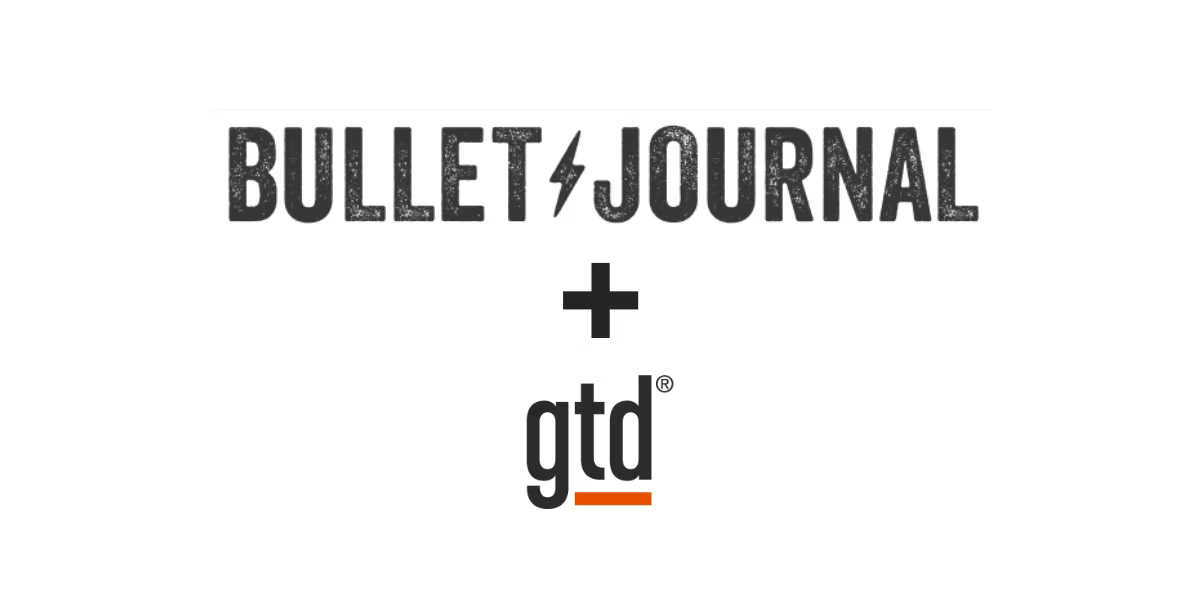Maybe you’ve noticed something similar with your Bujo practice. You invest all this time preparing for the day, week, or month, only to feel that it didn’t matter because everything changes the moment you start to take action. Your carefully laid plan not only ate up a lot of time on the front end, but now it’s an embarrassing record of how different the outcome was. What we think will happen is often very different from what does happen.
So should we not plan? No, not at all. As the saying goes: failing to plan is planning to fail.
I think it begins with changing the way that we think about what plans are. Plans are often rigid, structured to achieve specific outcomes. There are two problems with this approach. First, when one thing doesn’t work, there can be a domino effect, rendering the plan useless. Secondly, we can’t ever plan for an outcome as the is out of our control. Instead, what if we structured our plans as fluid systems that focus on process? These plans would be flexible enough to make space for reality to unfold while still providing traction and direction. How do we do that? Rather than planning for action, we plan in action.
Many try to crack the code of the perfect plan. As a professional productivity worker, I’ve yet to find a planning method that’s superior to experiencing the reality of a process.
We arrive at our best plans through either luck, or experience. Both require action. I’ve found it much more effective to execute on smaller imperfect plans, then spend weeks or months trying anticipate the future. When it comes to planning, less is more.
Over the years, I continue to strip out as much planning as I can in order to take intentional action. My own daily Bujo practice revolves around one action. Though I will list all the actions I need to take that day, only one thing is the priority. With this shift, aside from my Weekly and Monthly rituals, I Bullet Journal for only around five minutes a day on average. If you want to see how, check out this week’s video.
I want to be clear here, this is not to say that you need to take five minutes to Bullet Journal a day (even though that may be a fun experiment to run). It’s about trying to see how much of your structure and deliberation you can remove and still be able to take intentional productive action. So this week, I leave you with these questions to explore:
- Where is your planning getting in the way of your doing?
- How can you shorten the distance between your idea and intentional action?






Jérémy Kévin
September 28, 2024
It’s a pleasure for me to reveive your mail